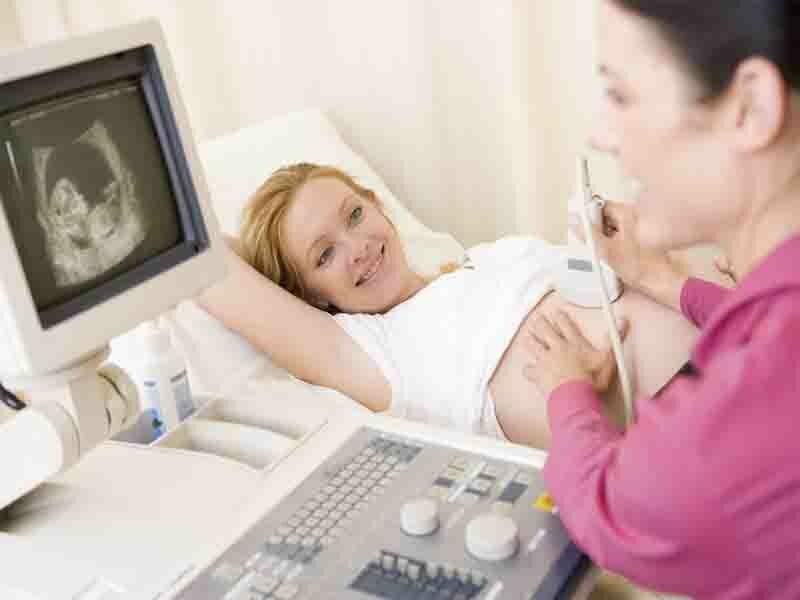You are pregnant and before you know it your baby will begin to move inside you : kicks, somersaults, pirouettes… His movement patterns develop between weeks eight and 15, and from then on he will perfect them, being perceptible by the mother around the 20th week of pregnancy.
It has always been said that movements inside the uterus are a symptom of fetal well-being, but a recent study published in the biology journal Development has just revealed that movements also help the baby to develop and strengthen its bones and joints.
In a recent study, researchers have determined that movement stimulates the molecular interactions of the cells and tissues of the embryo, so that they become functional bones and joints . Depending on where the cells are within an embryo, the movement will aid in the formation of bone or cartilage.
The results of the study have concluded that when there is an absence of movement, an abnormal development of the joint occurs :
“Our new findings show that in the absence of embryonic movement , cells that should form articular cartilage receive the wrong molecular signals, while another inappropriate signal is activated instead,” explains Dr Paula Murphy, Professor of Zoology at Trinity College. Dublin, and co-director of this study.
The research has been carried out with chicken and mouse embryos, but it has been observed that the molecular changes that occur when there is no mechanical stimulation are common to all species , so these findings can also be transferred to humans.
- The love of sisters, a beautiful friendship that starts from childhood
- The 13 live-action remakes of Disney that will hit our screens from 2022
The importance of fetal movements
The baby’s movements usually begin to be noticed around the fourth or fifth month, although in second and subsequent pregnancies, they are usually noticed somewhat earlier.
As the pregnancy progresses, movements are likely to decrease , as the baby has less room to stretch. Even so, the kicks and stretching of her will be clearly perceptible even from the outside, being able to produce deformations and bulges in the mother’s gut.
It is very important to know that if the movements stop abruptly or the mother stops noticing her baby for several hours , a specialist should be consulted immediately.
Noticing our baby moving inside the gut is a unique, incredible and difficult to explain sensation, and although sometimes his movements or kicks can be somewhat annoying, now we know that they have a function: to strengthen his joints and bones for his life outside the womb .
